This week, we learned about active learning and passive learning, which are two very different teaching methods. Active learning is an approach to instruction that involves actively engaging students with the course material through discussions, problem-solving, case studies, role plays, and other methods. Passive learning is a method of learning or instruction where students receive information from the instructor and internalize it. In comparison, active learning can effectively increase students’ learning motivation, make them more interested in learning, and promote their active learning.
Most of the courses I have studied have been through passive learning. However, through studying EDCI337 this semester, I have found that the majority of our teaching methods in this course are active learning. Every week, we learn new software or strategies and explore how to use them by ourselves. In this learning situation, I find that my memory of the course content is deeper.
Historia, the example of game-based learning in this week’s Read/Watch list is relatively low tech – how would you use multimedia tools and content to support and enhance the active learning? What would it allow them to do that they’re not doing right now?
I think Kahoot! is a great multimedia tool to enhance active learning. Kahoot! is an online game-based learning platform. It allows instructors, organizations, and parents to set up fun web-based learning for others. Instructors can use this software to create interactive quizzes to assess students’ understanding of course content, which can include multimedia content such as images and videos. It will undoubtedly increase students’ interest. Kahoot! can also be used to create polls and surveys, allowing instructors to collect feedback from learners on their learning experiences. This feedback can be used to improve game-based learning experiences and customize them based on student’s needs and preferences. It can also promote collaborative learning, allowing students to form teams and compete with each other. This can help students develop teamwork and communication skills, as well as cultivate a sense of community and engagement. Additionally, the most important thing is its gamification strategy, where Kahoot! incorporates gamification elements such as points, badges, and leaderboards to motivate learners and maintain their engagement. This creates healthy competition among students and can help learners maintain focus and motivation, therefore enhancing the effectiveness of game-based learning experiences.
Compared to the current situation, using this multimedia tool can have several benefits for students. Firstly, its gamification strategy can increase student motivation and engagement by creating a more competitive environment. This can lead to a stronger desire to learn and even encourage students to continue learning independently outside of class. Additionally, teachers can use this tool to create more interesting and interactive quizzes, making learning more enjoyable and effective for students. Finally, the tool also allows for easier and more efficient feedback collection from students, allowing teachers to make more informed decisions about how to improve their teaching.
H5P
I decide to use “Drag and Drop” for my H5P project. This is my project content.
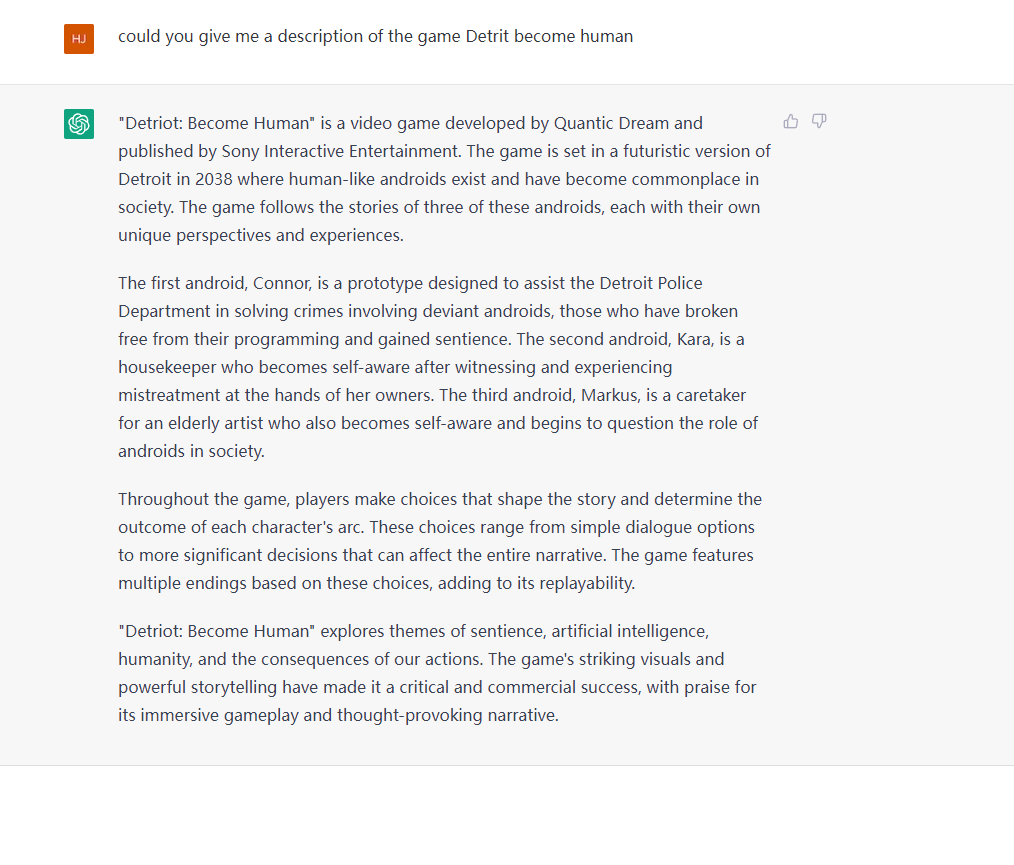



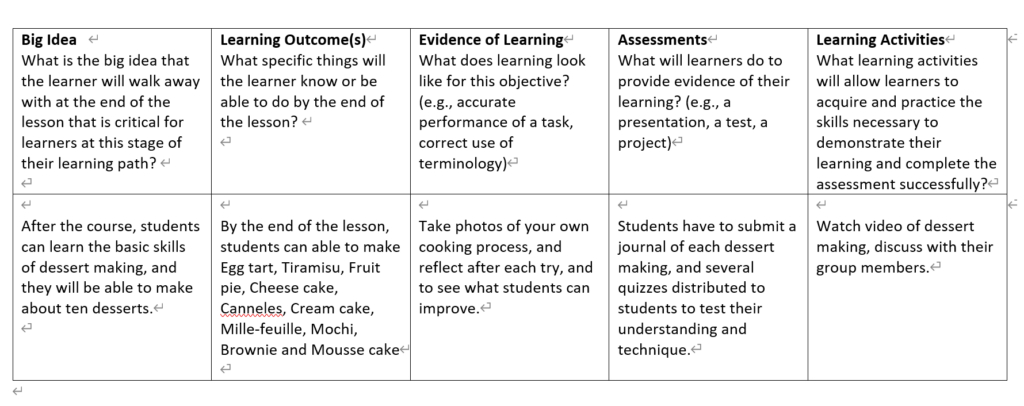
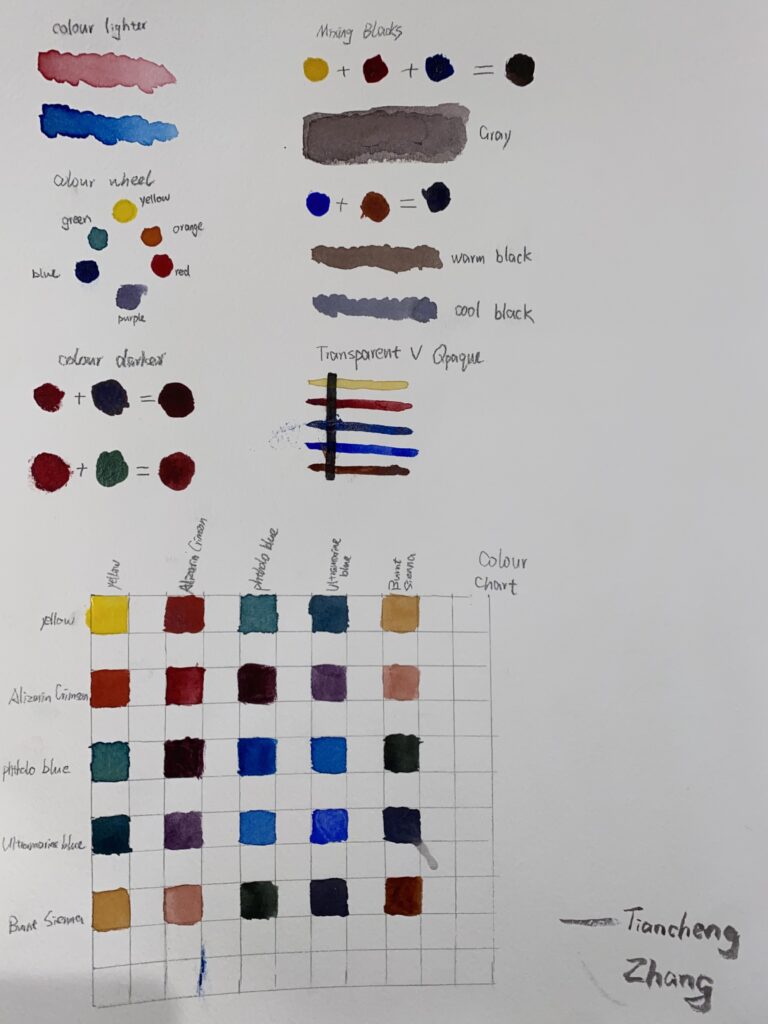
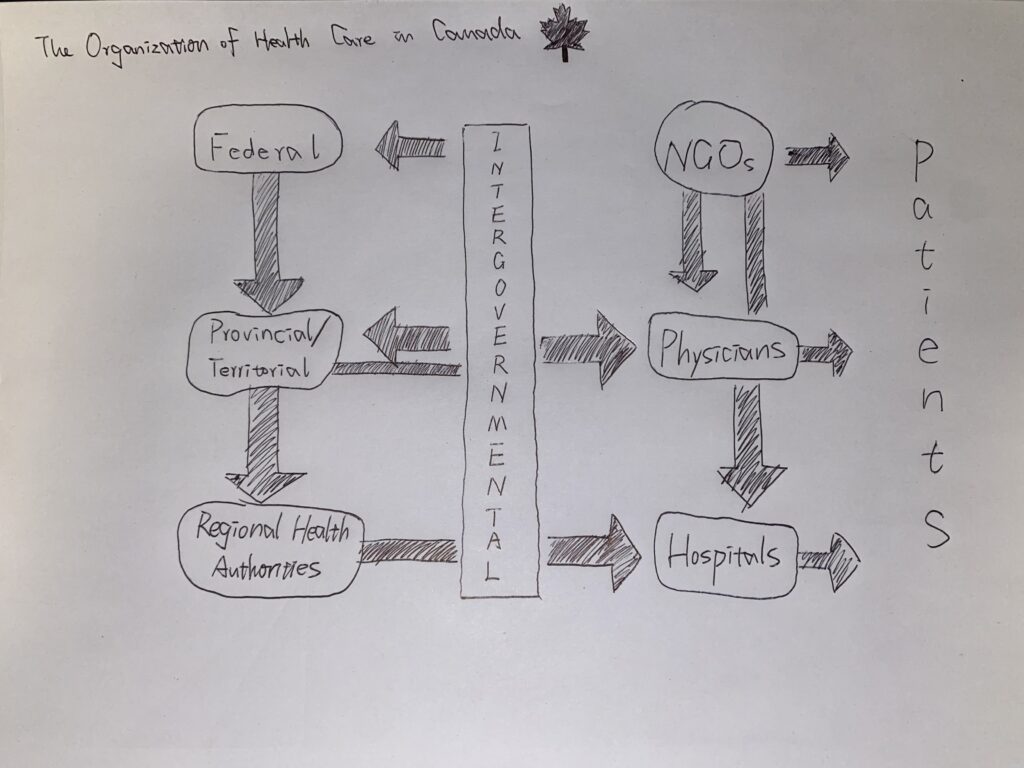
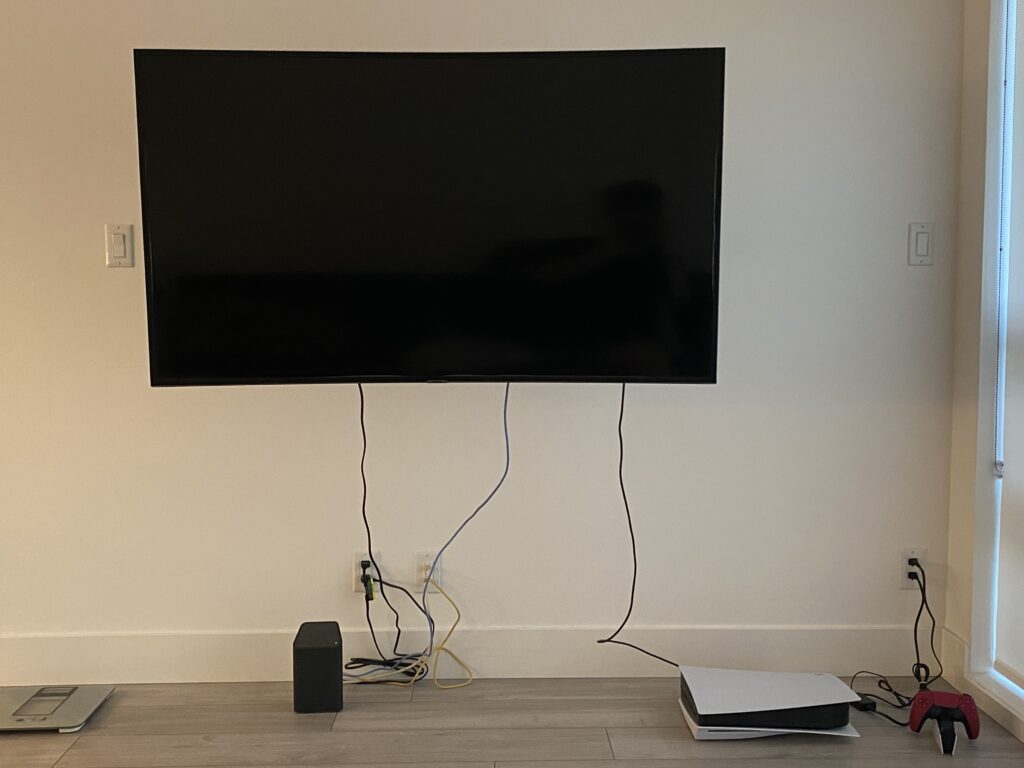
Recent Comments